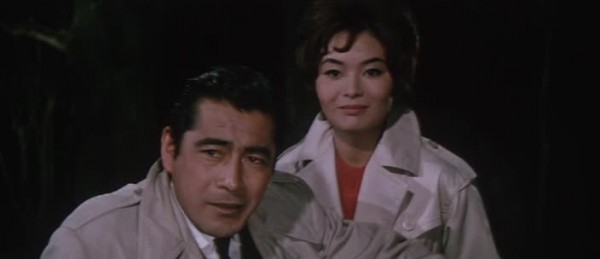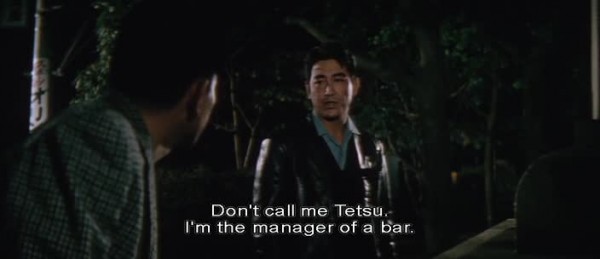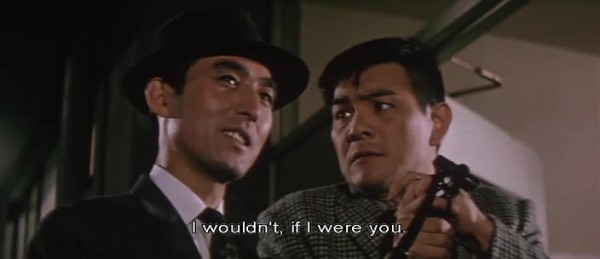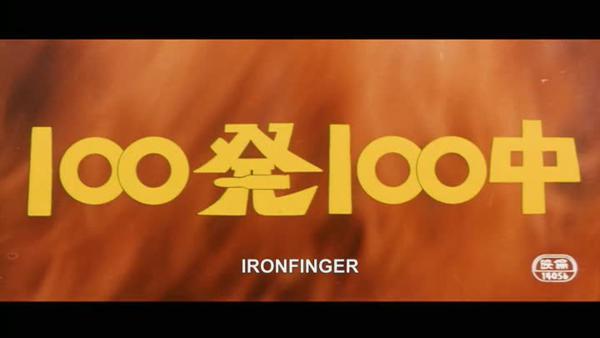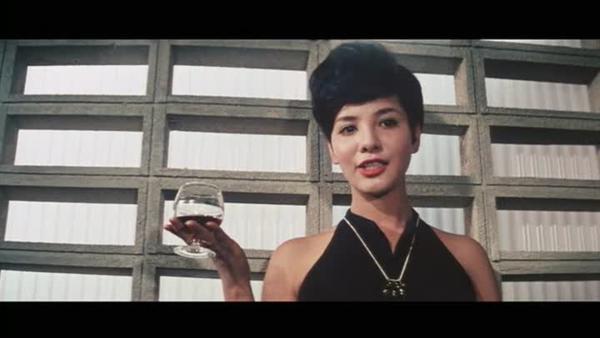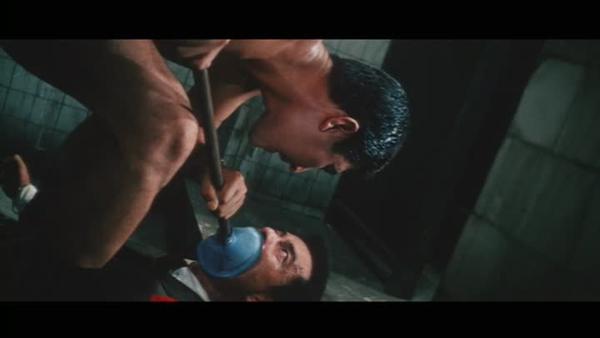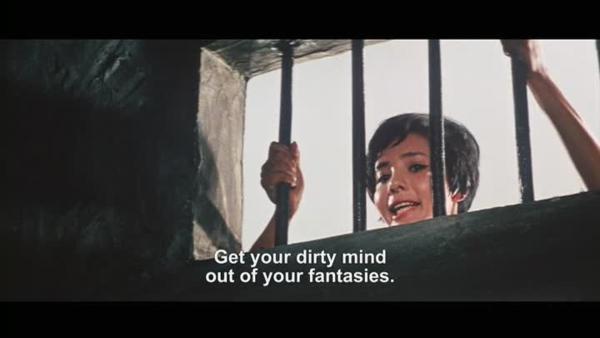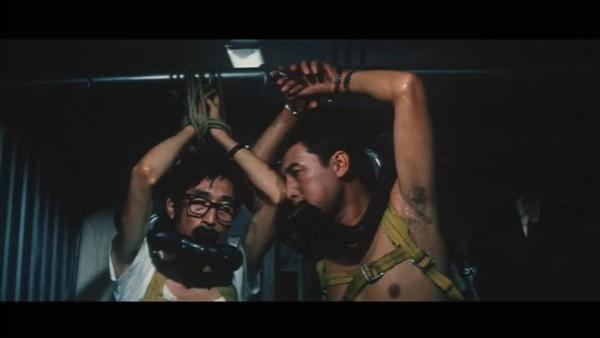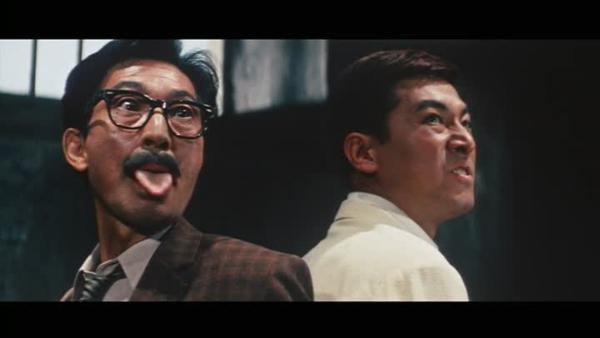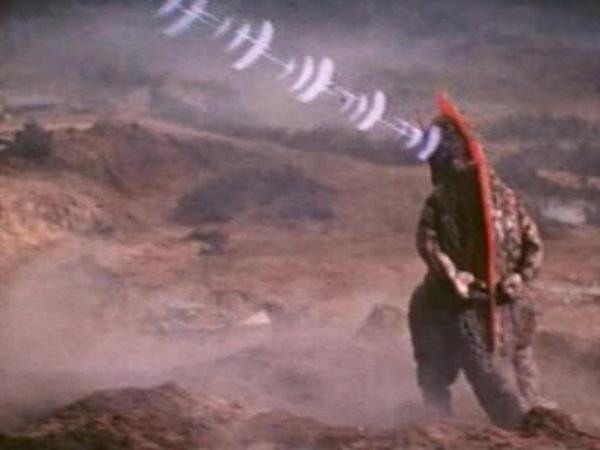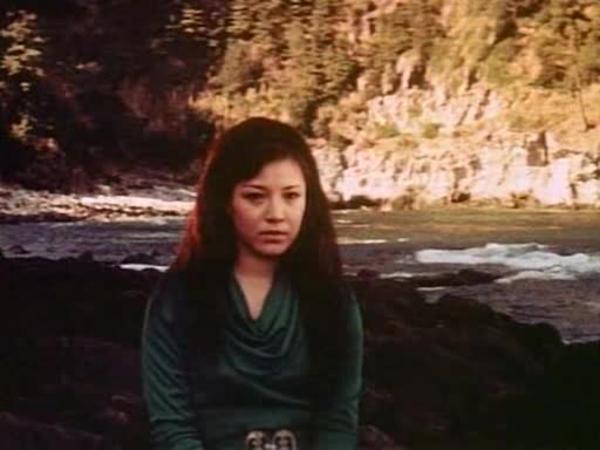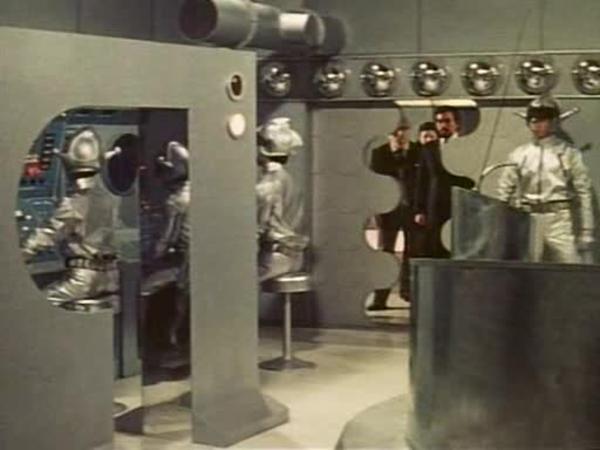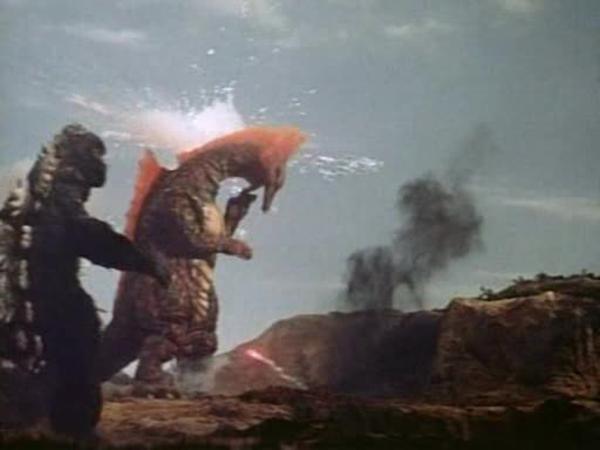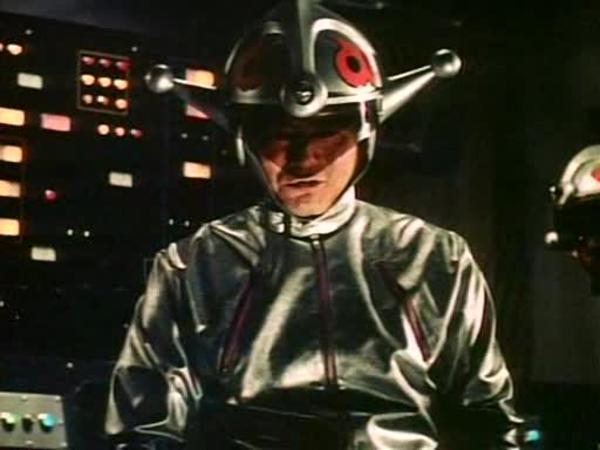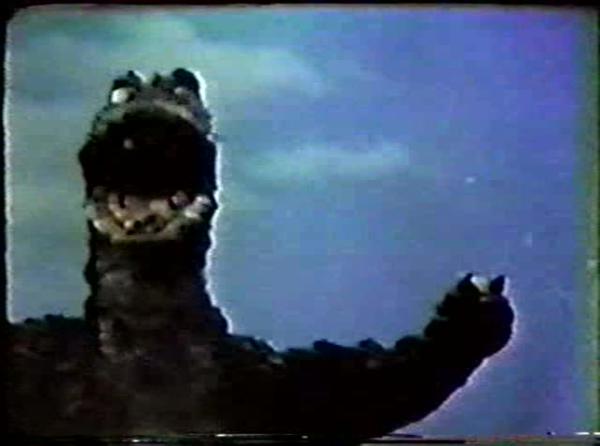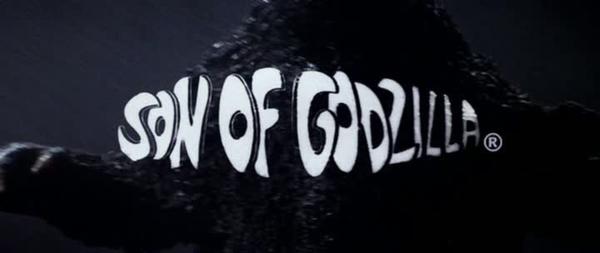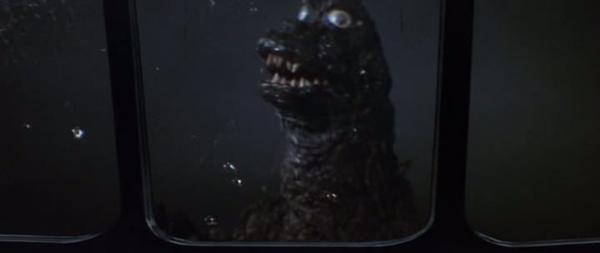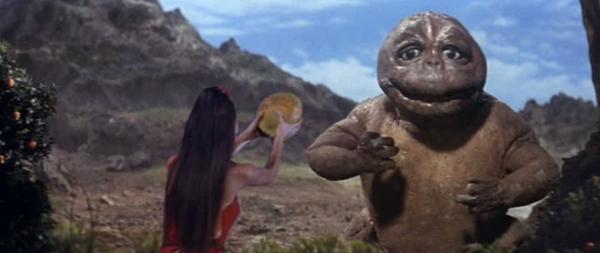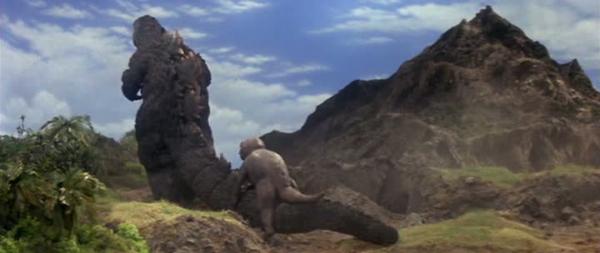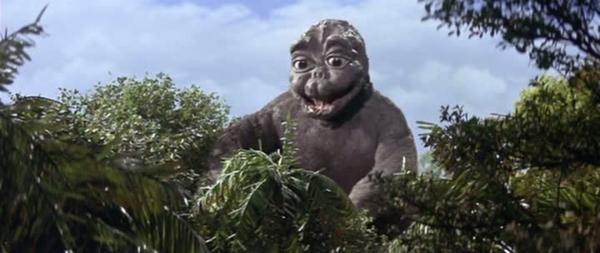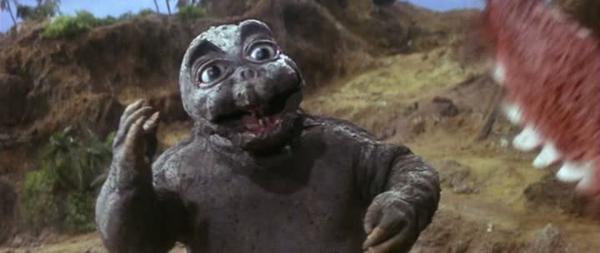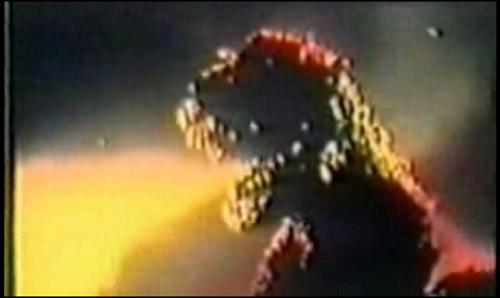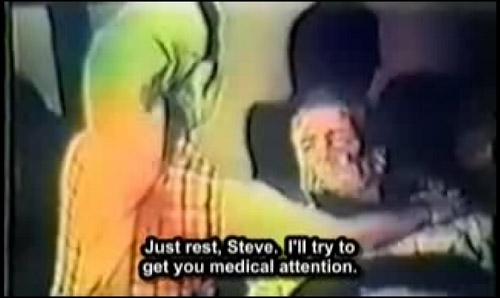
Godzilla vs. Mechagodzilla
aka Gojira Tai Mekagojira aka ゴジラ対メカゴジラ
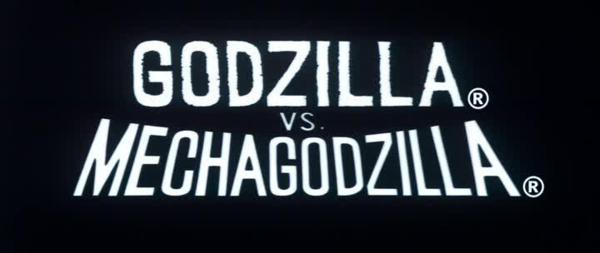
1974

Written by Jun Fukuda, Masami Fukushima, Shinichi Sekizawa, and Hiroyasu Yamamura
Directed by Jun Fukuda
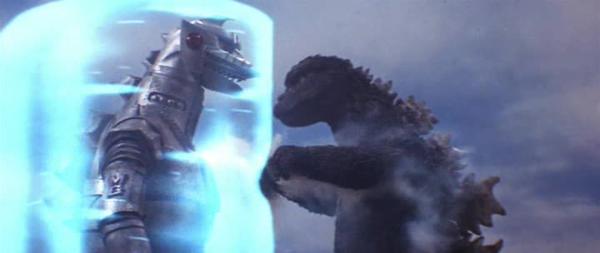 |
|
Godzilla, if you take him out of his original package, he’s only going to be worth half as much!
|
It’s Godzilla time once again at TarsTarkas.NET, as March of Godzilla 2012 continues into April and stomps right up to the fabulous Godzilla vs. Mechagodzilla! Yes, Godzilla fights his metal double, other monsters run around and help, and we find out what happens when damn dirty apes get their hand on robot parts!
Godzilla vs. Mechagodzilla was one of my favorite Godzilla flicks growing up. I vividly remember buying the VHS tape with my own money (as the film was never shown on TV in my area) and the tape box had an awesome painting of Godzilla fighting Mechagodzilla. King Caesar was nowhere to be found on the cover, which did sort of make me sad. But the film totally made up for that, and this tape spent many days grinding away in the vcr, almost as much as my copies of Godzilla’s Revenge and King Kong vs. Godzilla (both taped off of tv the way nature intended!)
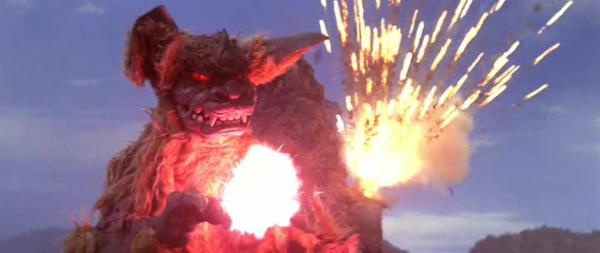 |
|
There are some who call me…Tim!
|
Godzilla vs. Mechagodzilla is a classic Godzilla film and helps trend the trajectory of Godzilla films upwards from the children’s level entertainment Big G had been stuck in. While there is still a largely kid-safe feel to Godzilla vs. Mechagodzilla, there are signs of the audience being treated as more mature. Sprays of arterial blood, torture, human characters being blown away onscreen…all things you would be hard-pressed to see with Jet Jaguar running around. Of course, the same year Godzilla vs. Mechagodzilla was released, Godzilla was still running around with Zone Fighter violently murdering monsters to the delight of children across Japan. So maybe things aren’t so much mature as they are just bigger budgeted.
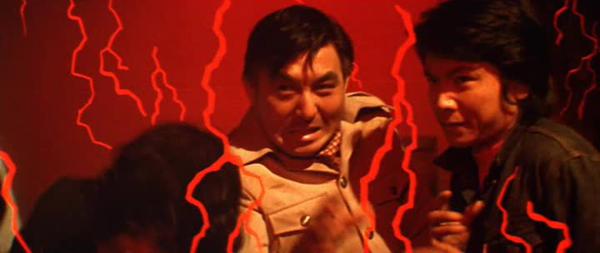 |
|
They had commercials for energy drinks in 1974 Japan?
|
Godzilla vs. Mechagodzilla succeeds partially because the villain is memorable. It is inevitable if a series goes on long enough that evil doubles will show up. Toho even had their King Kong fight his own mechanical double early on, and it is about time Godzilla got into the mix. It also helps that Mechagodzilla just looks cool. He bristles with weapons and is a danger to the good monsters of Earth. Mechagodzilla worked so well as an adversary to Godzilla, he was later reimagined as a weapon to fight Godzilla in both the Heisei and Millennium film series. But here he is pure evil, a killing machine first seen as a disguised Godzilla brutally injuring Anguirus, one of Godzilla’s best buds. We know things aren’t right, the roar is different, Godzilla is mean. Mechagodzilla is fooling no one except the dopes who actually live in this movie world.
There are some weird contradictions in Godzilla vs. Mechagodzilla. Most notably, Godzilla himself is an allegory about nuclear weapons and destruction, the hubris and violence. But now things get flipped and instead Godzilla is part of a prophecy of ancient Japan, to defend Japan against a technological monster bent on destruction, with the help of a monster that resembles classical Japanese artwork of a lion/dog. Godzilla is now part of the spiritual order of things, a protector spirit to help save Japan and the world. Just ignore all those films where he kill thousands. Godzilla does not escape his role as hero that has been cast upon him by the later films, and instead is integrated more as something that has always been meant to be a hero. His violent origin is hinted at in the film, when the characters sigh that “Of course Godzilla will be the monster to destroy the world…” but that is quickly thrown aside once the truth is revealed. This is probably the seed of how Godzilla would be treated later in the Heisei and Millennium series, as a force of nature and less of an evil or good monster. It is certainly an improvement over his prior films, where he’d be called in to go beat up the monster of the year.
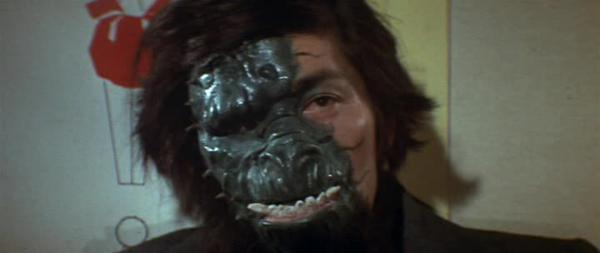 |
|
Planet of the Herpes!
|
A change of direction was needed, as this was the 20th Anniversary film for the Godzilla franchise and something special should happen. It was also the last Godzilla film directed by Jun Fukuda, the man who helmed many of the films during Godzilla’s descent into children’s hero (and a few episodes of the Zone Fighter series!) Though he would still direct The War in Space and ESPy if you need some more Japanese scifi to track down.
By the time it showed up in the US in 1977, Cinema Shares International (who purchased the distribution rights) had renamed it Godzilla vs. Bionic Monster. That ticked off Universal, who said the title was too close to their TV show The Bionic Woman. Although laughable, Cinema Shares went the easy route and just retitled the film Godzilla vs. Cosmic Monster. By the time it showed up on VHS tape, the Godzilla vs. Mechagodzilla name was reattached. And though I could drag out my old VHS copy from storage, instead take some remastered DVD action!
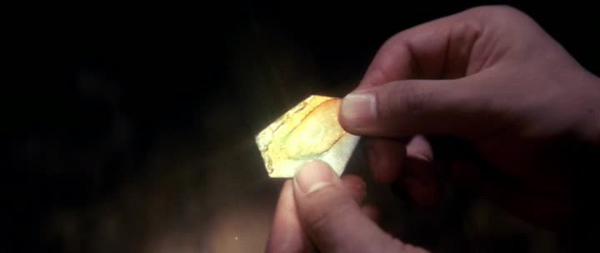 |
|
No matter how often they redesign the dollar coin, it will never catch on…
|
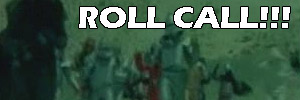
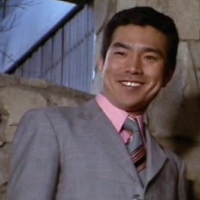 |
Keisuke Shimizu (Masaaki Daimon) – The elder Shimizu brother who helps defend Earth from those damn dirty space apes! Spends much of his time doubting that Saeko can do much of anything. Not afraid to fight aliens for long periods of time. Masaaki Daimon is also in 2009: Lost Memories and returns in Terror of Mechagodzilla as a different character. |
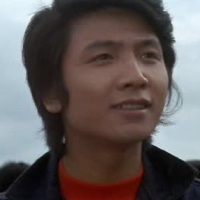 |
Masahiko Shimizu (Kazuya Aoyama) – Zone Fighter??? What are you doing here? Okay, fine, I guess putting the actor in your monster TV series in your monster movie series makes sense. The younger Shimizu who spends time photographing things and finding space metal in caves. |
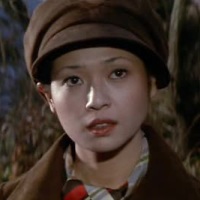 |
Saeko Kanagusuku (Reiko Tajima) – A girl! She is not only a girl, but a woman who can translate archeological ruins (but not all the way!) and can’t be trusted to keep secrets. Because records of non-cult Japanese shows are dubious at best, Reiko Tajima seems to disappear after this film except for some anime voicework. |
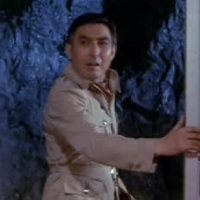 |
Professor Hideto Miyajima (Akihiko Hirata) – The actor who played Dr. Serizawa makes his required appearance in older Godzilla films. His pipe is partially made out of the fake metal astanopkaron (asutanopukaron if you’re Japanese!) because we needed to invent something weird to throw in that is barely used. |
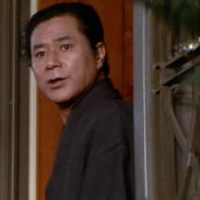 |
Professor Wagura (Hiroshi Koizumi) – Two brothers visit two different professors because that let’s us pack in many characters so we can shoot around their busy schedules! Professor Wagura can translate even better than Saeko, and that’s what he does. Hiroshi Koizumi also appears in Godzilla: Tokyo S.O.S., Ghidorah the Three-Headed Monster, Godzilla vs. The Thing, Mothra, and Godzilla Raids Again |
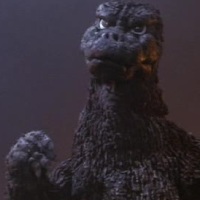 |
Godzilla (Isao Zushi) – You may have heard of this Godzilla guy… |
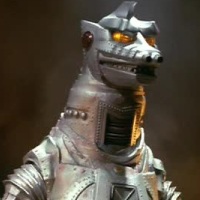 |
Mechagodzilla (Ise Mori) – A Space Ape controlled mechanical double for Godzilla, with many powers and weapons, except the power to not lose to Godzilla. |
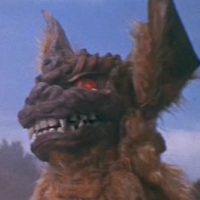 |
King Caesar (Momoru Kusumi) – King Caesar lives in a cave and comes out every thousand years to beat up a monster. He’s really lazy. |
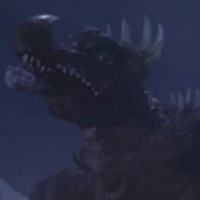 |
Anguirus (Momoru Kusumi) – Anguirus shows up to get beat up by the evil fake Godzilla, to show he’s mean! Anguirus’s defeat is a message that this film ain’t going to be like Godzilla vs. Gigan or Godzilla vs. Megalon. No, this film will be a bit more darker, a bit more dangerous. And if any of you peeps think that Baragon was originally going to be in this film because Anguirus was digging, I hope you enjoy being wrong, because you are. |
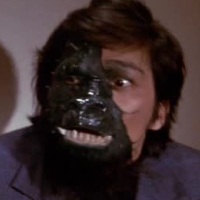 |
Space Aliens (Various) – People say these guys Space Monkey around! At least space monkeys are an improvement over cockroach aliens, but neither hold a candle (or a banana) to the Xilians. |
|
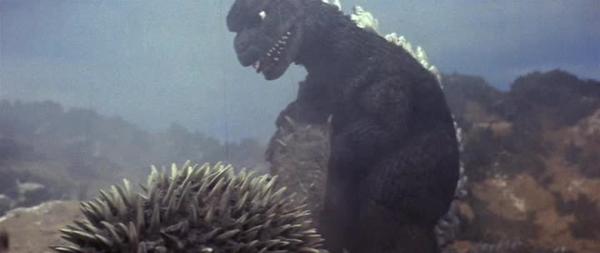 |
|
Now hold still and pretend there aren’t wires attached to you!
|
Continue reading →
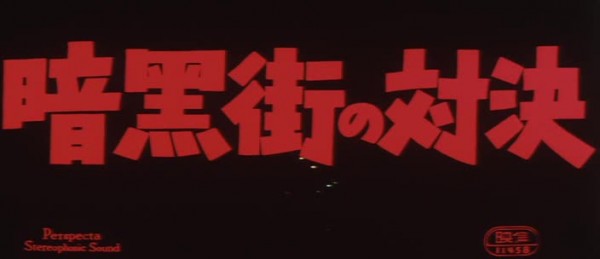
![]()
